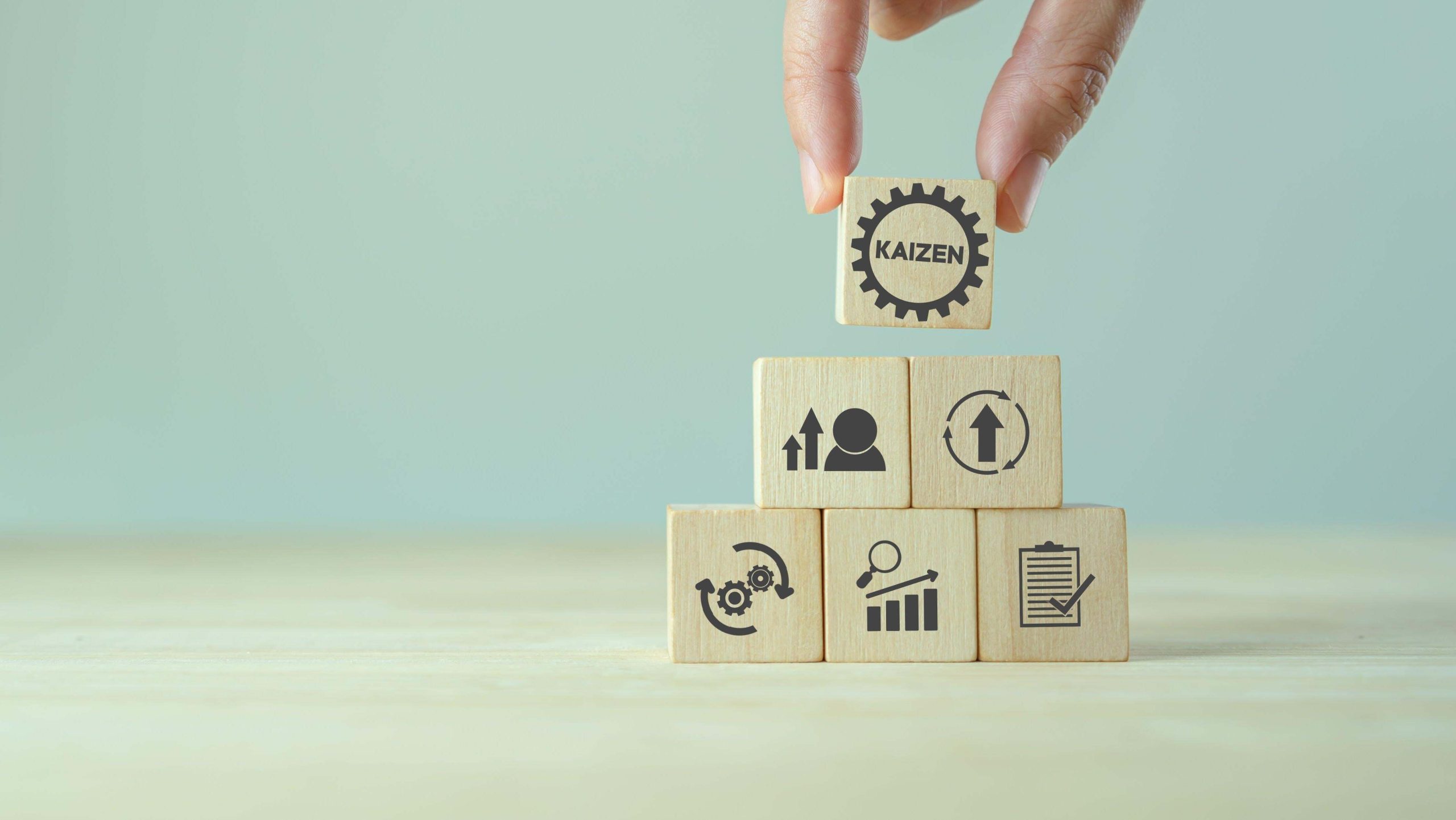We may earn a commission from links on this page.
A lot of the productivity techniques and organizational hacks out there claim to make work easier and more efficient, and they really can—though you have to find just the right one for you. A few methods that originated in Japan have proven especially popular—consider the Toyota-approved Kanban scheduling method—including one of my favorites: kaizen.
The man who took the philosophy mainstream, Masaaki Imai, died two years ago, but left behind a legacy of productivity and efficiency we can all learn from, because this technique not only helps you get more done, but helps you do everything better.
What is kaizen?
In Japanese, “kaizen” translates, essentially, to “improvement,” and that’s the goal at the heart of the method itself, which encourages individuals at all levels of an organization to work together to continuously improve everything about a company. When everyone from the boss to the intern is in on the plan, the idea goes, the place will simply be more efficient and everything will always be getting better. This is done through standardization and the implementation of uniform processes.
A good example of this is within the Toyota production system: If there is any issue or abnormality detected by any worker in a factory, they stop the production line and employees and supervisors work together to resolve the problem. As Toyota puts it, this “humanizes the workplace” and the standardization involved empowers every individual in the organizational structure to make meaningful changes. This is all part of a system called Plan, Do, Check, Act (usually known as PDCA), which works perfectly within a kaizen framework.
The PDCA cycle repeats, meaning once you’ve planned, you keep doing, checking, acting, and planning again, factoring in your results, so you’re always improving. (If you’re familiar with an after-action review, which calls on you to review what you did poorly and what you did well, then use that information to plan out how you’ll improve in the future, that’s a helpful framework for understanding PDCA.) And while you’re doing all that, you have to keep the kaizen principles themselves in mind.
How does kaizen work?
In addition to incorporating PDCA, kaizen has its own set of five foundational principles:
Know your customer: Cater to your customers or clients and take care to identify their needs and interests, plus how you can serve them from whatever level you’re at. Even a cashier who deals with one shopper at a time can have a broad, positive impact by making sure each is given detailed attention. A CEO who never deals directly with a customer can meet their needs by basing company decisions on data and feedback from buyers. In short, everyone and anyone can know the customer and serve them better. You can think broadly here: Maybe you don’t have a “customer” per se, but your work can still require you to think of whomever you’re doing that work for. Say you want to use kaizen to clean your home before your mom gets there for a week-long stay. Your mom is the “customer” you have to impress
Let it flow: Eliminate waste, both physical and theoretical, meaning don’t take unnecessary steps, don’t clutter the space, and be direct in doing what you need to do. No matter what you’re working on or how many people you’re working with, this is where kanban can be a helpful complement, because it forces you to think over your action steps as you seek to meet a goal. Once you’ve identified what needs to be done and when, think of how you can scale each task back to only its most important, actionable elements.
Go to Gemba: Gemba is the Japanese term for “actual place.” This means you should always be purposeful and direct about getting to where you need to be—which is likely to be where the action is happening. Don’t delegate anything you don’t have to, wait around on anything, or sit on the sidelines.
Empower people: Encourage people in your organization, whether you’re their superior or they’re your peers, and make sure everyone is aligned in the common goals of the company and forward movement. If you’re following a modified version of kaizen for a personal project, you can still take this step by not only giving yourself positive pep talks, but by making sure you have everything you need before you jump in. If you are working on that house-cleaning project, make sure you have all the right tools and are taking enough breaks that you don’t burn out, for instance.
Be transparent: Demonstrate your productivity with hard data and results and make sure everyone is always up to date on processes, developments, and goals. There are many ways to do this, even if you’re working on your own. I personally love taking before and after pictures when I start and end a project, because seeing a finished product motivates me.
Implementing all five of these in a working environment, per kaizen’s adherents, is the key to unlocking a culture of continuous improvement. If you want to learn more, there are dozens of books out there about the methodology, but you should start with the original: Masaaki Imai’s Kaizen: The Key to Japan’s Competitive Success.
